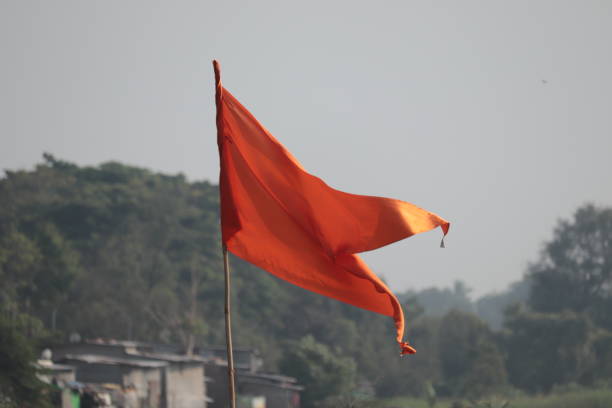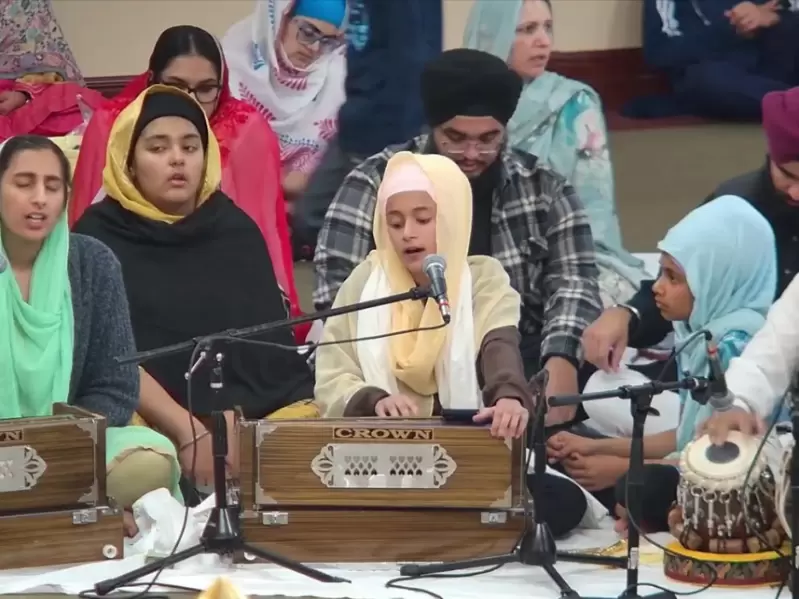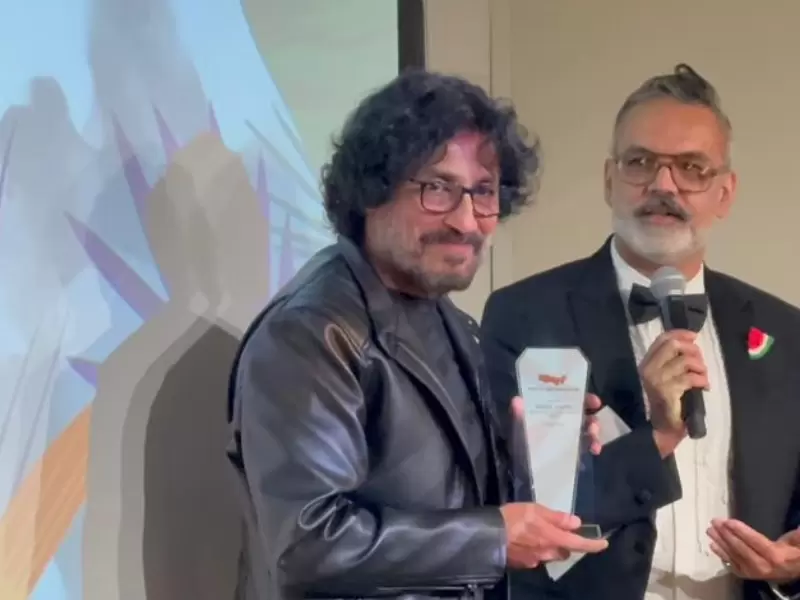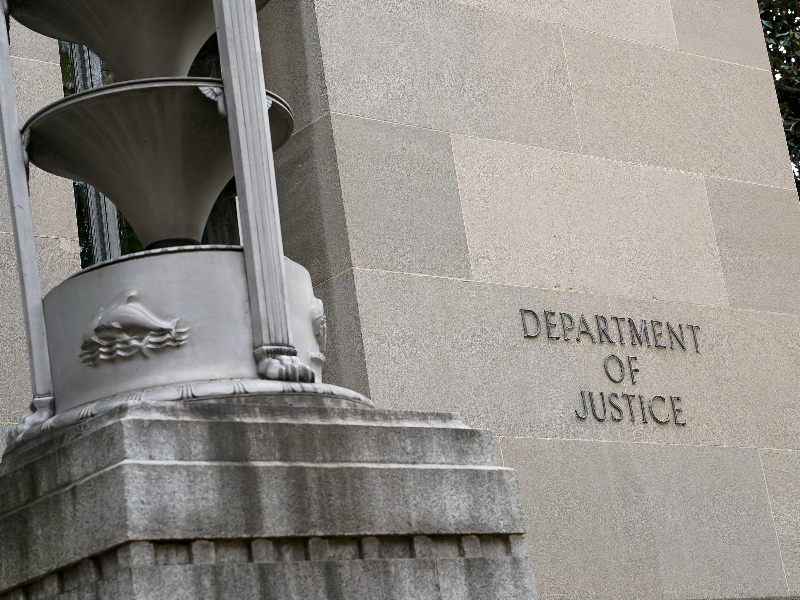A Living Civilization: Understanding the Roots and Vision of the RSS
The RSS was not founded as a traditional political or religious group. It was—and remains—an initiative to awaken and unite Indian society through service, discipline, and cultural pride.
 Representative Image. / iStock photo
Representative Image. / iStock photo
In the earlier article in this series prior to the brief pause, it was suggested to look Hindu Rashtra and Hindutva in, “... cultural and civilizational in scope—not a theocratic state.” Thus it is important to understand the importance of Hindu Civilization and how RSS integrates it with its philosophy.
In a world where civilizations often rise and fall like tides, some have managed not just to survive, but to thrive across millennia. Hindu civilization is one such enduring force—constantly evolving while staying anchored in spiritual and cultural foundations. As we try to understand the modern idea of Hindu Rashtra and the philosophy of Hindutva, it’s essential to view them not as political constructs, but as cultural and civilizational movements.
Also read: Beyond the rhetoric: Understanding the RSS through a cultural lens
British historian Arnold Toynbee once said, "Civilization is a movement and not a condition, a voyage and not a harbor." In other words, civilizations are not static—they grow, adapt, and renew themselves. When this process of renewal is lost, a civilization begins to decline, eventually existing only in textbooks or museum exhibits. The Greek, Roman, Egyptian, Persian, and Mayan civilizations, once great, now remain mostly as remnants of the past.
But the Hindu civilization stands apart. It not only resides deep in the societal memory but also continues to be a living tradition. From the Vedic age to modern times, it has woven the rhythms of daily life with a profound spiritual quest. What appears to be a mosaic of diverse beliefs and practices is actually a unified worldview—one that emphasizes harmony with nature, individual growth, and collective well-being.
This philosophical unity gave Hindu civilization the strength to withstand numerous invasions—from Greeks and Central Asian tribes to colonial powers. These invasions often took advantage of internal divisions, but each time, Indian society responded with resilience—rebuilding and restoring itself.
It is within this historical context that the Rashtriya Swayamsevak Sangh (RSS) was born in 1925. Its founder, Dr. Keshav Baliram Hedgewar, envisioned an India where society would not just react to crises but be prepared to resist fragmentation by building a deep and active cultural unity.
Dr. Hedgewar, fondly known as “Doctorji,” had seen the Indian freedom movement up close. Influenced by leaders like Lokmanya Tilak and Mahatma Gandhi, he also witnessed the rise of revolutionary nationalism and even global shifts like the Russian Revolution. In his youth, he studied medicine in Kolkata—a city that was a hotbed of revolutionary activity. But it seems that he was training for more than just healing physical ailments. He wanted to treat the deeper, recurring social ailments that left India vulnerable time and again.
Doctorji recognized a pattern in India’s history: internal divisions would weaken the country, followed by conquest, and then a cycle of recovery. He sought to break this cycle—not through politics alone, but by reorganizing society from within. He didn’t merely aim to build another organization in India. Instead, his goal was to organize society itself—to make every citizen an active participant in the national journey.
In this sense, the RSS was not founded as a traditional political or religious group. It was—and remains—an initiative to awaken and unite Indian society through service, discipline, and cultural pride. Its philosophy draws from the ancient idea that the nation is a living being—referred to as Bharat Mata (Mother India) and Rashtra Purush (National Person).
Just as every part of a human body plays a role in keeping the body healthy, the RSS sees each citizen as a vital part of the national whole working on nation building based on collective aspirations. This is expressed in its daily prayer, which opens its first stanza with the line, “Prabho Shaktiman Hindu Rashtra Angabhuta”—meaning, "O Almighty, we who are part of the Hindu Rashtra offer ourselves to you." Here, members see themselves not as individuals alone, but as limbs of a larger civilizational body.
Over the decades, the RSS has grown not through slogans or electoral politics, but by nurturing committed volunteers across castes, regions, and faiths—working quietly in fields ranging from education and disaster relief to social reform and community building.
In essence, the RSS represents not a detour from India’s civilizational path, but a conscious effort to strengthen it. Its journey continues, not as a destination reached, but as part of the ongoing voyage of a civilization that refuses to fade into history.
The author is passionate about environmental sustainability. He is deeply involved in various social work activities in Indian and American communities in the United States.
(The views and opinions expressed in this article are those of the author and do not necessarily reflect the official policy or position of New India Abroad)
ADVERTISEMENT
ADVERTISEMENT
E Paper
Video



 D. Vithal
D. Vithal












Comments
Start the conversation
Become a member of New India Abroad to start commenting.
Sign Up Now
Already have an account? Login